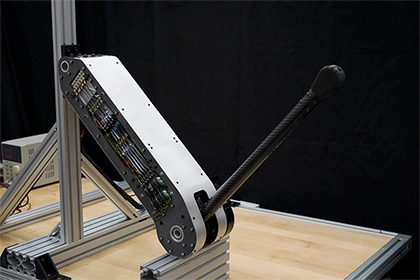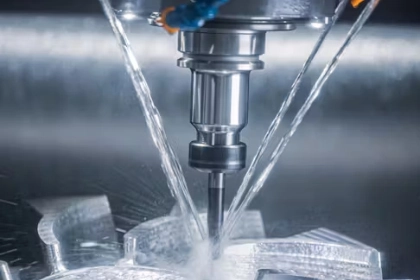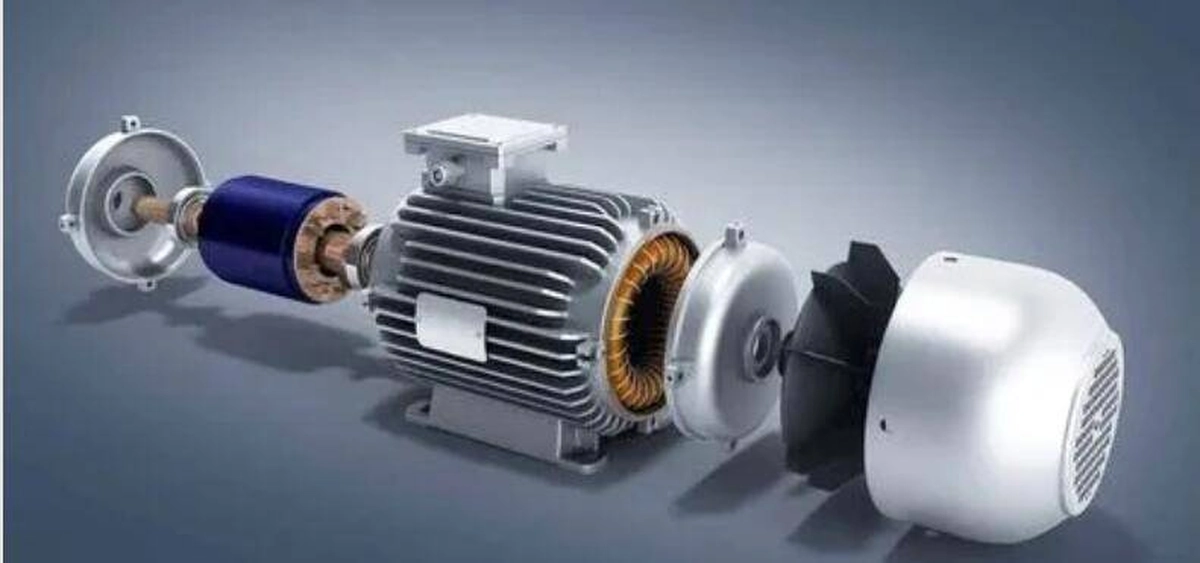What is the principle of stepper motor control robot?

The principle of stepper motor control in a robot involves the precise control of electrical pulses to the motor windings, resulting in incremental and precise motion of the motor shaft. Here's a general overview of the principle of stepper motor control in a robot:
- Stepper Motor Basics: A stepper motor is a type of electric motor that converts electrical pulses into discrete rotational movements. It consists of multiple toothed electromagnets arranged around a central rotor. By energizing the electromagnets in a specific sequence, the rotor rotates in small angular steps.
- Motor Driver: To control a stepper motor, a motor driver is used. The motor driver receives control signals from a microcontroller or a dedicated motion control system and provides the necessary power and timing to the motor windings.
- Pulse Sequence and Phases: Stepper motors typically have multiple phases, usually four or eight. Each phase has a set of windings that can be energized with current. The motor driver sends electrical pulses in a specific pattern to the motor windings, activating the phases in a sequence. The sequence and timing of the pulses determine the direction and speed of the motor shaft rotation.
- Full-step and Microstepping: The basic control mode for a stepper motor is full-step mode, where each pulse causes the motor to move by one step. However, for smoother motion and increased resolution, microstepping can be employed. Microstepping divides each full step into smaller microsteps, allowing for finer control and reduced vibration.
- Feedback and Closed-Loop Control: In some robotic applications, closed-loop control may be implemented using feedback sensors. This involves the use of encoders or position sensors to provide feedback on the actual position of the motor shaft. The control system adjusts the pulse sequence and timing based on the feedback to ensure accurate positioning and compensate for any errors or disturbances.
- Motion Control Algorithms: The control system or microcontroller running the robot employs motion control algorithms to calculate the desired position, velocity, and acceleration profiles for the stepper motor. These algorithms generate the appropriate pulse sequence and timing signals to achieve the desired motion characteristics.
- Coordination with Other Robot Components: The stepper motor control is coordinated with other components of the robot, such as sensors, actuators, and control software. The control system receives inputs from sensors and determines the appropriate motor movements to perform specific tasks or achieve desired robot behavior.
By precisely controlling the electrical pulses applied to the motor windings and coordinating the motion with other robot components, stepper motors enable accurate and controlled movements in robotic systems. The specific implementation and control techniques may vary depending on the robot's design, complexity, and application requirements.

 2024-08-30 16:01:40
Engineering
2024-08-30 16:01:40
Engineering
 2024-07-26 14:09:13
Engineering
2024-07-26 14:09:13
Engineering
 2024-07-18 09:42:00
Engineering
2024-07-18 09:42:00
Engineering